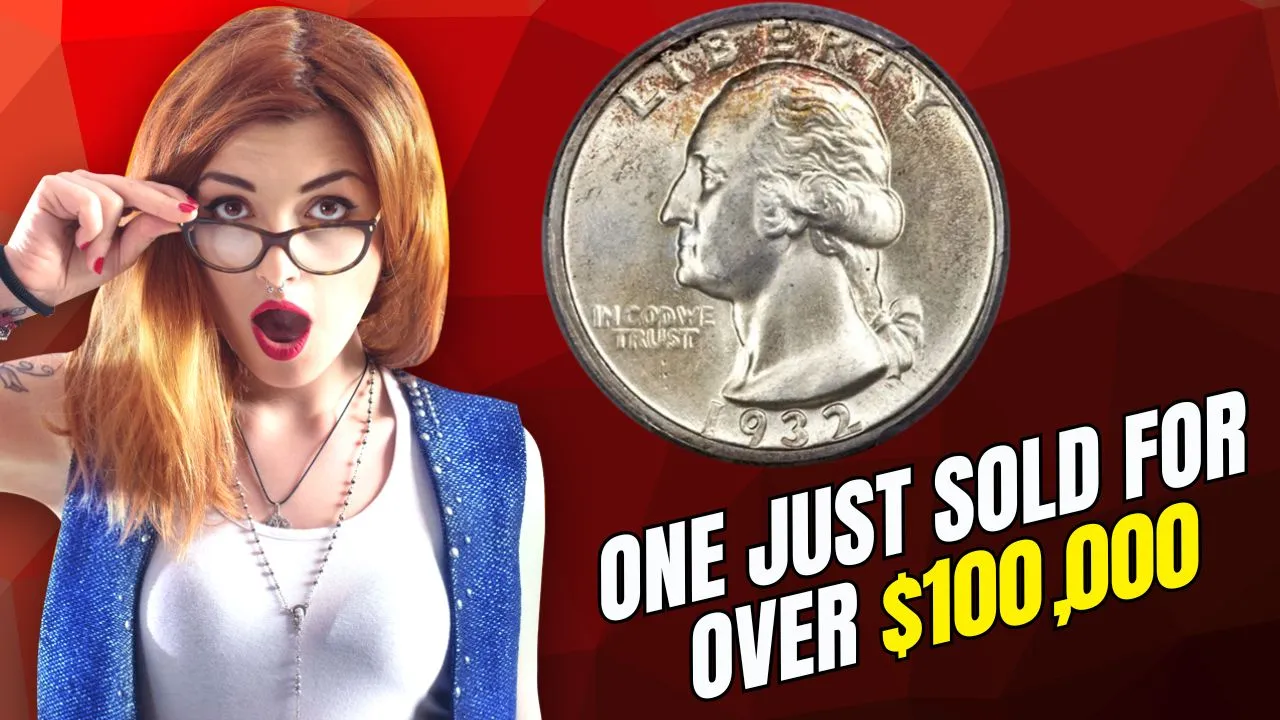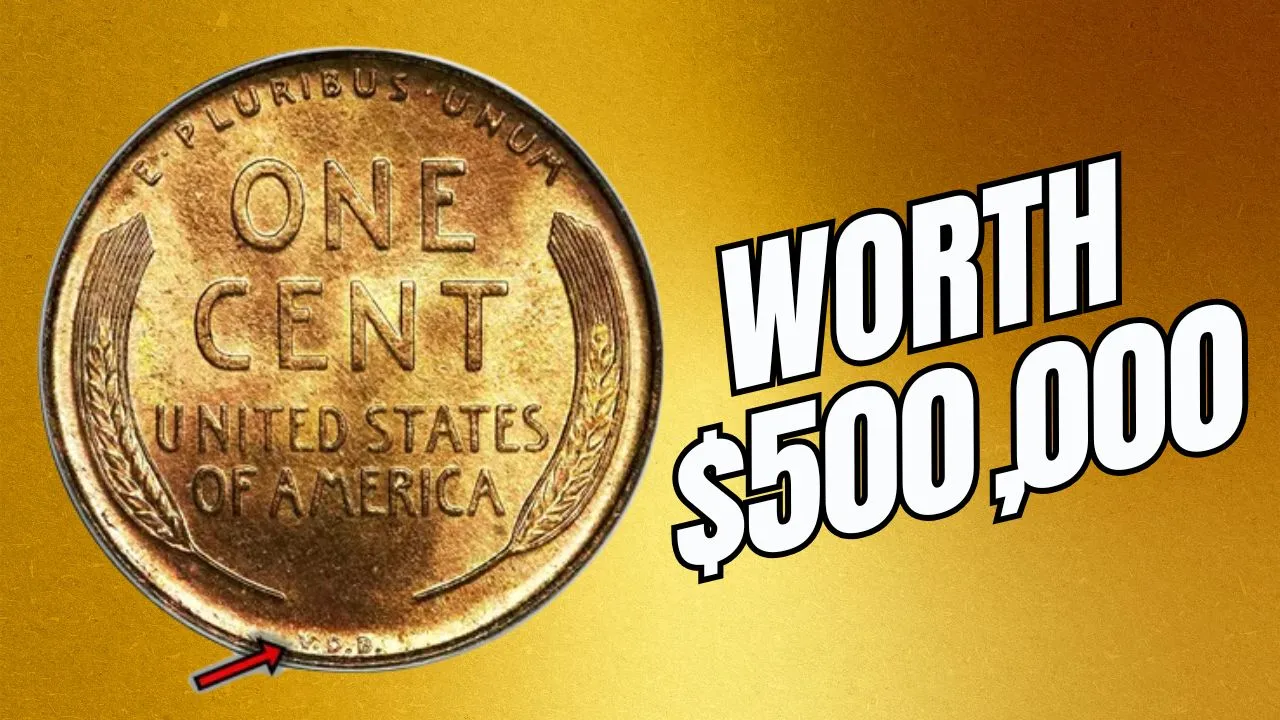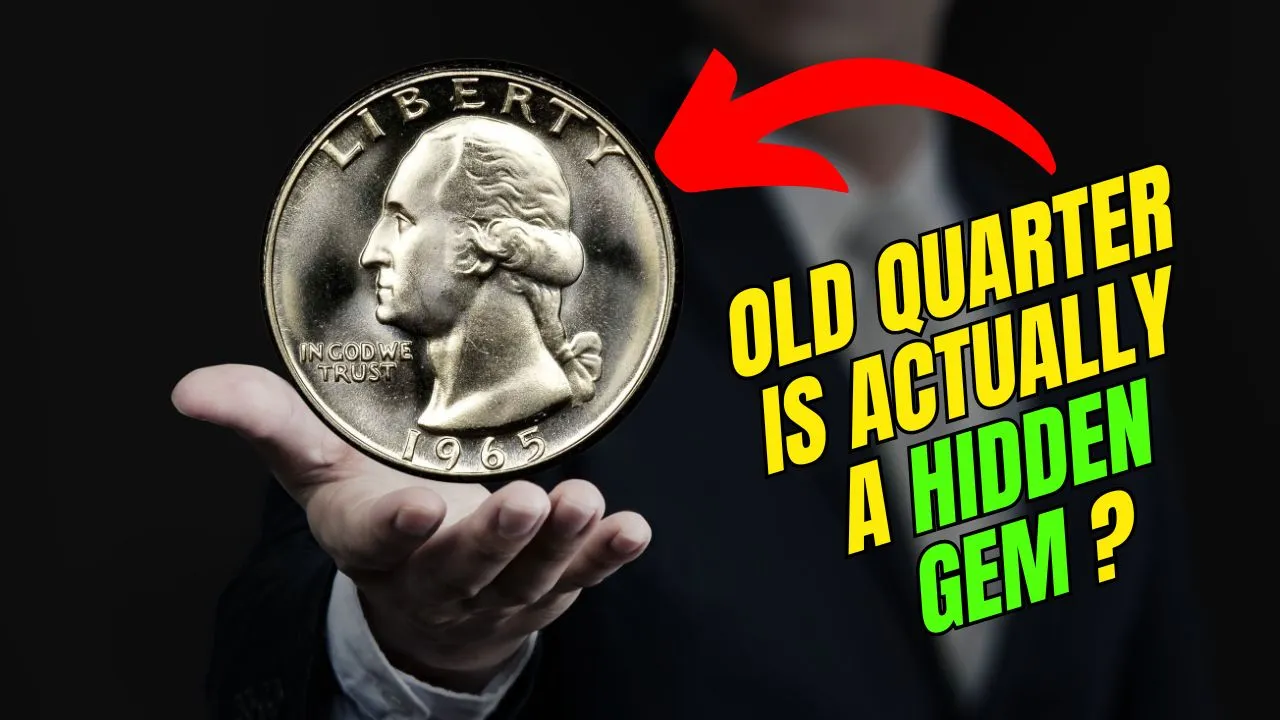Lincoln Wheat Penny: In the fascinating world of coin collecting, few stories captivate enthusiasts like the tale of the Lincoln Wheat Penny. Though it may seem like just another coin, certain rare versions of this small cent carry astonishing value. Among the most legendary is the elusive 1943 copper penny—rumored to be worth up to $5 million. The idea that such a fortune might still be hiding in everyday change is enough to spark excitement in anyone.
The Lincoln Wheat Penny holds historical and numismatic value. Initially minted in 1909 to honor Abraham Lincoln’s 100th birthday, this was the first American coin to depict a real person. With billions minted between 1909 and 1958, most of these pennies are quite common. However, a select few—due to errors or limited production—have become rare treasures, some still hiding in plain sight.
Lincoln Wheat Penny
The Lincoln Wheat Penny revolutionized U.S. coin design. Created by Victor David Brenner, the obverse features Lincoln’s profile while the reverse displays two wheat stalks enclosing “ONE CENT” and “UNITED STATES OF AMERICA.” The phrase “E PLURIBUS UNUM” completes the patriotic imagery. This penny circulated through major historic events like the Great Depression and two World Wars, making it not just currency, but a symbol of national endurance.
Overview Table: Lincoln Wheat Penny – Key Details
| Feature | Information |
| First Minted | 1909 |
| Mint Locations | Philadelphia, Denver, San Francisco |
| Production Span | 1909–1958 |
| Famous Varieties | 1943 Copper, 1909-S VDB, 1955 Doubled Die |
| Estimated Rarest Value | Up to $5 million |
| Unique Error Coins | Doubled Die, No Mint Mark, Off-Metal Strikes |
| Key Rarity | 1943 Copper Penny |
The Lincoln Wheat Penny: A Coin That Changed History
Beyond its appearance and material, the Lincoln Wheat Penny represents a historical evolution in American currency. Prior to this, no U.S. coin had featured a real person. With Lincoln on the obverse, the coin marked a cultural shift in commemorative minting. It went on to become a fixture in American life for nearly five decades.
A Symbol of American Resilience
From 1909 to 1958, over 25 billion Wheat Pennies were struck. They were used in everyday transactions and tucked away in piggy banks, representing not just commerce but heritage. Today, these coins are more than collectibles—they are pieces of the nation’s story.
Why Are Some Pennies Worth Millions?
The incredible value of certain Lincoln Wheat Pennies comes from a mix of rarity, historical mishaps, and collector demand. Minting errors, forgotten planchets, and unique designs created a handful of pennies that now command astronomical prices. A combination of limited numbers and rich backstories has turned these coins into prized possessions for serious collectors.
The Legendary 1943 Copper Penny: A Wartime Wonder
In 1943, due to World War II, copper was reserved for military use, prompting the U.S. Mint to produce pennies from zinc-coated steel. However, a few copper blanks from the previous year mistakenly remained in the minting machines. These were pressed and released as 1943 copper pennies—now among the most coveted coins in American history.
How Rare Is the 1943 Copper Penny?
Only an estimated 15 to 20 1943 copper pennies exist. They are so rare that some have fetched millions at auction. The 1943-D copper penny, struck in Denver, is particularly rare—with only one confirmed specimen known. These factors contribute to their multimillion-dollar valuation.
Could Your Pocket Change Be Worth $5 Million? The Thrilling Hunt
Stories abound of people finding rare Wheat Pennies in the most unlikely places. From a teenager discovering one in his lunch change to families finding them in inherited collections, the possibility remains real. It’s entirely possible that another undiscovered 1943 copper penny is still out there, waiting in someone’s coin jar.
The $700K Lincoln Wheat Penny: A Treasure Hunt in Your Pocket Change
While the 1943 copper penny grabs headlines, other Wheat Pennies have significant value too. The 1955 Doubled Die penny is one of them. Caused by a minting error, its doubled text and numbers are clear and striking. These coins have been known to sell for over $700,000.
Other Valuable Wheat Pennies to Watch For
Several other varieties of Lincoln Wheat Pennies are also worth keeping an eye out for:
- 1909-S VDB: Rare due to low production and withdrawn design initials.
- 1955 Doubled Die: Clear doubling of text makes it a prized error coin.
- 1914-D: Scarce due to low mintage at the Denver Mint.
- 1922 No D: Known for its missing mint mark.
- 1931-S: One of the lowest production numbers in the series.
How to Spot a Valuable Lincoln Wheat Penny
You don’t need to be an expert to start hunting. Here are three simple steps:
- Check the Date and Mint Mark: Look closely at the year and the small letter below the date.
- Magnet Test for 1943 Pennies: If it’s copper and doesn’t stick to a magnet, it might be rare.
- Professional Grading: If you find something suspicious, don’t clean it. Send it to a trusted grading service like PCGS or NGC.
The Thrill of the Hunt: Why Wheat Pennies Captivate Us
The hunt for valuable coins isn’t just about money—it’s about history, curiosity, and the chance of finding a hidden gem. Social media has only amplified this excitement, turning coin collecting into a fun and educational hobby for all ages.
A Growing Market for Rare Coins
As physical cash becomes less common, the value of rare coins is rising. Collectors, investors, and hobbyists are increasingly looking to coins as both a passion and a financial asset. Authentic sales, like the $1.7 million 1943-D penny, show just how valuable these small coins can be.
Table: Valuable Lincoln Wheat Penny Varieties
| Year | Variety | Mint Mark | Est. Value (Top Grade) |
| 1943 | Copper Penny | None, D, S | Up to $5 million |
| 1909 | VDB | S | $100,000+ |
| 1955 | Doubled Die | None | $100,000+ |
| 1914 | Standard | D | $10,000+ |
| 1922 | No D | None | $10,000+ |
| 1931 | Standard | S | $5,000+ |
Conclusion: Could You Hold a Million-Dollar Penny?
The Lincoln Wheat Penny offers a mix of history, design, and thrill. For some, it’s just a cent—but for others, it could be a $5 million treasure hiding in plain sight. With countless stories of accidental discoveries, it’s worth taking a second look at your spare change. Your next penny could be the find of a lifetime.
FAQs: Lincoln Wheat Penny
1. How can I identify a 1943 copper Wheat Penny?
Use a magnet—if it doesn’t stick and has a copper color, it’s worth checking. Weigh it to confirm it’s around 3.11 grams, then get it authenticated.
2. Are all Lincoln Wheat Pennies valuable?
Most are worth just a few cents. However, rare years, mint marks, and error coins can be worth thousands—or even millions.
3. Should I clean a coin before sending it for grading?
No. Cleaning a coin can drastically reduce its value. Leave it as-is and handle it carefully.
4. Where can I sell a rare penny if I find one?
After authentication, you can sell it through auction houses, coin dealers, or online numismatic platforms.
5. Are these valuable coins still in circulation?
Rarely, but yes. Some might still be found in change or old family coin jars. That’s why many still search today.















